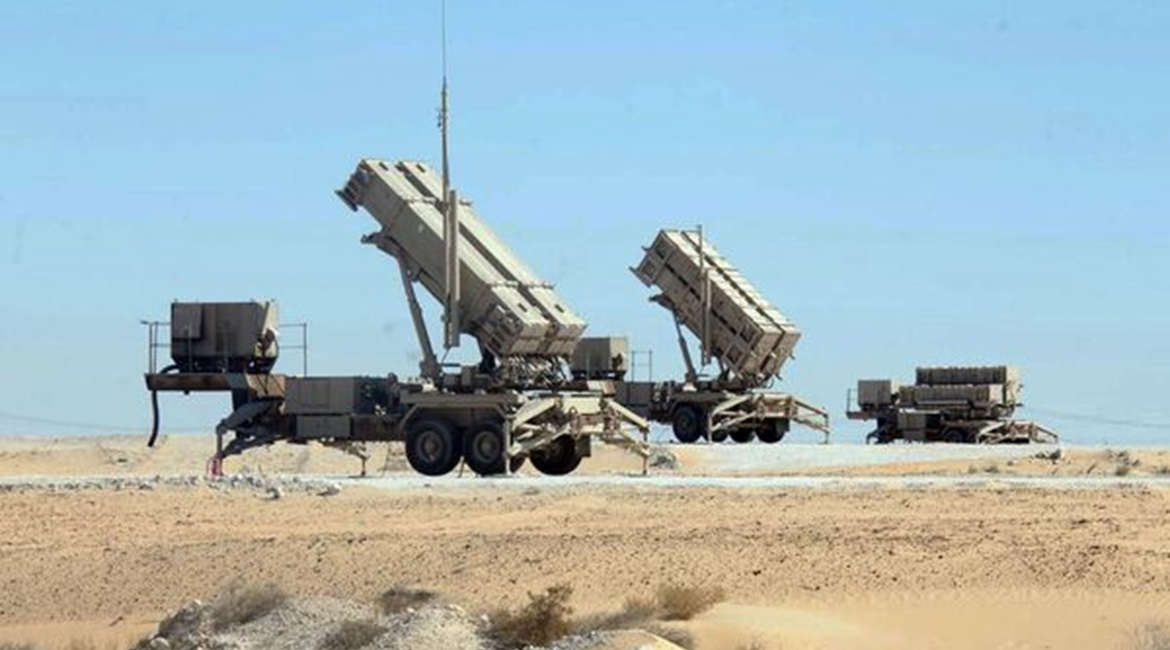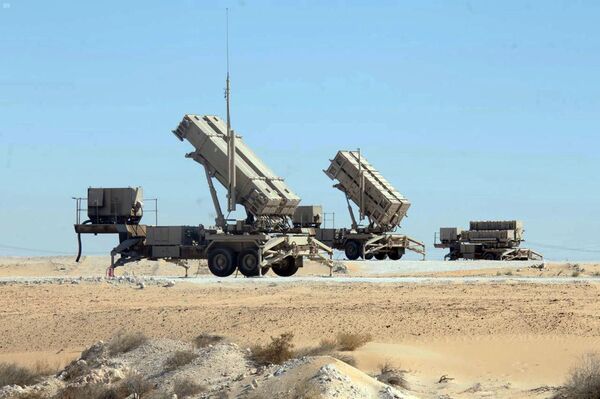
A surface-to-air missile (SAM) launched by a Saudi air defence system to intercept a threat from Yemen on 4 September appears to have malfunctioned.

Saudi Patriot launchers during Exercise ‘Ramah al-Nasr 1' that was held in the Eastern Province in January–February. (Saudi Press Agency)
The incident happened during an attack carried out by the Yemeni rebel group Ansar Allah (the Houthis), which announced it had launched a Zulfiqar ballistic missile and eight Sammad-3 unmanned aerial vehicles (UAVs) at Aramco's Ras Tanura oil terminal on Saudi Arabia's Gulf coast, as well as five Badr ballistic missiles and another two Sammad-3s at Aramco facilities in Jeddah, Jizan, and Najran.
The Saudi Ministry of Defence reported that it intercepted three ballistic missiles and three UAVs carrying explosives that were heading towards the Eastern Province, Jizan, and Najran. It did not report the claimed attack on Jeddah. It said debris from an intercepted ballistic missile fell on Dammam, injuring two children and inflicting minor damage to 14 houses.
Multiple amateur videos purportedly filmed in the Dammam area south of Ras Tanura showed a fast-moving light in the night sky that witnesses presumed was an incoming missile, which then exploded, apparently after hitting the ground.
The missile seen in the amateur video footage must have been a SAM rather than the Zulfiqar as it was flying at a low trajectory and its motor was still burning. The Zulfiqar, which is an extended-range version of Iran's Qiam, would not have been visible as its motor would have burned out after its boost phase and then detached itself from the re-entry vehicle carrying the warhead to fall somewhere short of the target. The Sammad-3 is powered by a propellor rather than a jet.
Looking to read the full article?
Gain unlimited access to Janes news and more...




